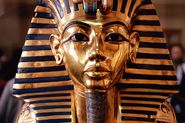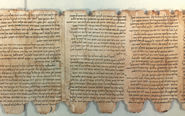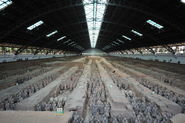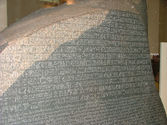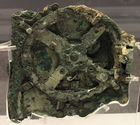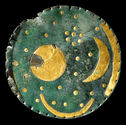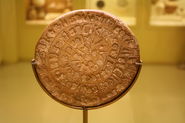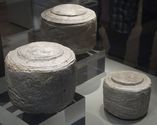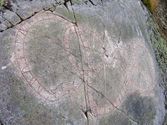In 1922, one of archaeology’s most cherished finds occurred in Egypt’s Valley of the Kings. When Howard Carter uncovered the entrance to the tomb of King Tutankhamun, known colloquially as King Tut, he had no idea what he would find on the other side. Massive gilded statues, including a piece in the likeness of Anubis, were among the various treasures discovered with the mummified pharaoh. The most startling find of all, however, was on Tutankhamun’s body: an ornate and gilded death mask, formed with a royal beard, an alert stare, and elaborate headdress. Upon its recovery, the mask became an international sensation, spurring the public’s fascination with Egypt and its lavish past. To this day, much of the travel to Egypt’s tombs and pyramids is derived from the findings within the pharaoh’s tombs, including the death mask that has forever immortalized the 19-year-old ruler.
Date of Discovery: 1922 | Approximate Date of Creation: Unknown, likely 14th century BC | Location of Discovery: Valley of the Kings, Egypt | Culture of Origin: Ancient Egyptian
Description: An ornate funerary mask formed with gold, semiprecious stones, and a variety of glass paneling, intended to be used as the mask covering the mummified body.
Historical Significance: Rekindled international interest in Egypt and the Ancient Egyptian rulers, illustrated the death rituals of the culture.

 GOAT Series Staff
GOAT Series Staff
